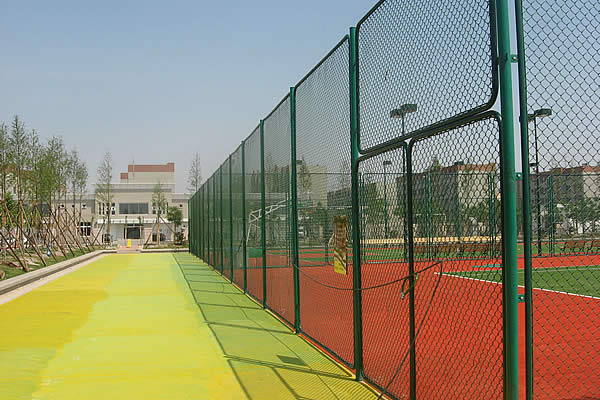 TEL:
+86-13102802206
TEL:
+86-13102802206
 Email:
fencenetting@china.com
Email:
fencenetting@china.com
 Language
Language
 TEL:
+86-13102802206
TEL:
+86-13102802206
 Email:
fencenetting@china.com
Email:
fencenetting@china.com
 Language
Language


The Beauty and Functionality of Curved Gabion Retaining Walls
In contemporary landscaping and civil engineering, aesthetics and functionality often go hand in hand. One innovative design solution that achieves both goals is the curved gabion retaining wall. These structures not only provide essential support and stability to slopes and embankments but also add a unique visual appeal to various settings, from commercial landscapes to residential gardens.
What is a Gabion Wall?
A gabion wall is a structure made of wire mesh boxes or baskets filled with stones, rocks, or other materials. Historically, gabions were used in military applications and flood control measures, but their uses have evolved significantly over the years. Today, they serve as effective retaining walls, erosion control solutions, and visually striking elements in landscaping.
The term gabion comes from the Italian word gabbione, meaning big cage. This accurately reflects the structure's open-faced design, where the filling material is contained within a sturdy wire frame. The use of natural stone in gabions enhances their permeability, allowing water to flow through, alleviating hydrostatic pressure, and reducing the risk of failure.
Why Curved Gabion Walls?
Curved gabion walls present numerous advantages over traditional straight walls. The primary benefit is their ability to blend seamlessly with the natural topography of a landscape. Straight walls can often be visually abrupt and may detract from the overall aesthetic appeal of an area. In contrast, a curved wall can gracefully follow the contours of the land, providing a more harmonious integration with the environment.
Moreover, the curvature of the wall helps distribute lateral loads more evenly. This inherent structural advantage can enhance the wall's stability, especially in areas prone to soil movement or heavy rain. The flexible design of curved gabion walls allows them to accommodate shifts in the earth more effectively than rigid structures.
Design Flexibility
One of the standout features of curved gabion walls is their design flexibility. These walls can be constructed in various shapes and volumes, from gentle arcs to more dramatic curves, depending on the specific requirements of the site. They can be customized to meet both functional and artistic considerations.

From an aesthetic standpoint, the choice of fill material further enhances the design potential. Natural stones come in a vast array of colors, sizes, and textures, enabling landscape architects to craft a cohesive design that complements existing structures and landscapes. Additionally, vegetation can be incorporated with gabion walls, enhancing erosion control while promoting biodiversity.
Environmental Benefits
Curved gabion walls boast numerous environmental benefits as well. They are often constructed using locally sourced materials, which reduces transportation costs and carbon footprints. Their permeable nature allows for rainwater infiltration, promoting groundwater recharge and reducing surface runoff. This is particularly crucial in areas where stormwater management is a concern.
Furthermore, gabions can provide habitats for wildlife, such as small mammals, reptiles, and insects. By creating spaces within the stone fillings, these structures encourage biodiversity and contribute to the ecological integrity of the area.
Practical Applications
Curved gabion retaining walls find practical applications in various settings. For example, they are ideal in residential landscapes for terracing steep slopes, providing functional support while enhancing the visual appeal of gardens. In urban environments, they can be employed in streetscapes or public parks, contributing to sustainable landscaping practices.
At a larger scale, these walls can serve vital roles in commercial developments, such as preventing soil erosion or providing support for parking lots and roads. Along waterways, curved gabion walls can help stabilize riverbanks, protecting infrastructure and preserving natural habitats.
Conclusion
In summary, curved gabion retaining walls represent an innovative synthesis of beauty and functionality in modern landscape and civil engineering. Their unique design allows for smooth integration with natural terrain, while their structural advantages provide stability and safety. With endless design possibilities and notable environmental benefits, they offer a compelling solution for those looking to enhance both aesthetics and functionality within their outdoor spaces. As the demand for sustainable and attractive landscapes continues to grow, curved gabion walls are poised to play an integral role in shaping the future of our built environments.